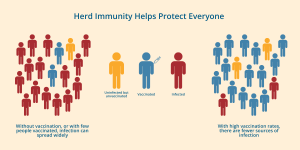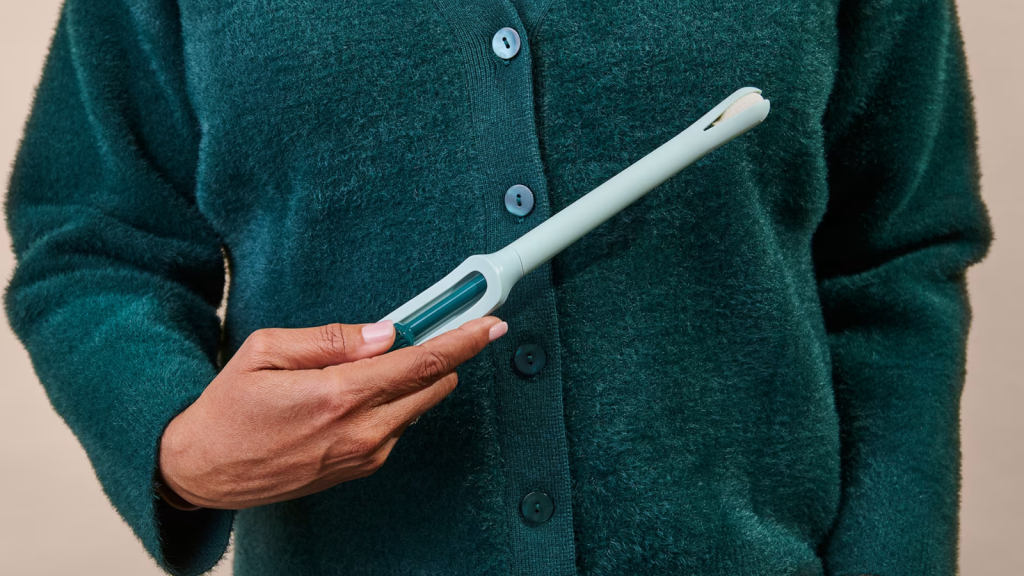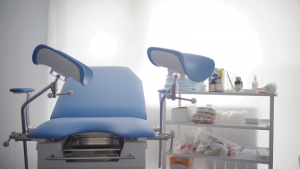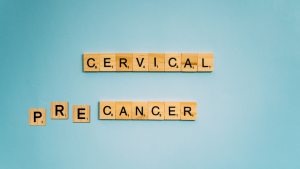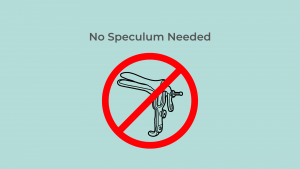The FDA just approved the Teal Wand, a self-collection device for HPV testing that does not require a speculum exam or even a trip to the doctor’s office. People can collect their own sample at home and send it to a lab for analysis. Cervical cancer screening is important because it can catch the disease so early that it’s not even cancer yet, but screening rates have been dropping. Experts hope that at-home tests could help turn that around.
Cervical cancer screening has changed a lot in the past few decades as we learned more about what causes the disease and develop better tests. There are now two screening tests for cervical cancer. The Pap test, also called cytology, takes cells from the surface of the cervix and uses a microscope to determine if they are cancerous or have undergone precancerous changes. The HPV test looks for the types of the human papilloma virus that are most likely to cause cancer, including types 16 and 19 which cause 90% of all cervical cancer.
The Pap test is recommended starting at age 21. If results are fine, people in this age group need a test once every three years. Between ages 30 and 65, testing can be done one of three ways—a Pap test alone, an HPV test alone, or the two tests together. How often you get tested depends on which tests you have and whether your results were normal. Most people need to be tested every three to five years until they are 65.
Until now, the process of getting tested was pretty much the same regardless of which test(s) a person was getting. A clinician would use a speculum to separate the walls of the vagina and then use a swab, brush, or tiny spatula to get cells off the cervix. These tests don’t hurt, but they require an office visit, and many people don’t like the way the speculum feels.
Last year, the FDA approved the first self-collected HPV test. That test still has to be given in a health care setting, but the provider didn’t perform it. Instead, they’d give a patient a kit and a private space and let them swab yourself. This was a big step forward because it meant that HPV tests were no longer limited to OB/Gyn offices. It opened up the possibility of cervical cancer screenings at urgent care centers, emergency departments, and mobile care vans, among other places.
With the approval of the Teal Wand, the list now includes our own homes. The wand is designed to be used one-handed. It has a handle, a sponge at the top, and a dial at the bottom that spins the sponge. With self-collection, a person only has to get cells from the top of their vagina; the cells don’t have to be directly from the cervix. A person inserts the wand high into their vagina until they feel a little resistance. Then they use the dial to spin the sponge. Finally, they detach the sponge from the device and send it to the lab for results.
The SELF-CERV study looked at the Teal Wand to determine whether it was easy to use and produced accurate results. The study included over 600 participants who had a clinician collect a sample during a speculum exam and collected their own sample using the new device. The study found that over 98% of participants collected a valid sample and in 95% of cases the results were the same as those from clinician-collected samples. It also found that 93% of people thought the device was easy to use and 94% preferred it to having the clinician collect the sample.
Hopefully, being allowed to swab ourselves at home will cast a wider screening net that includes people who lack transportation, can’t take time off, or put off speculum exams because they find them too uncomfortable.
Since you need a prescription for the test, the company will be offering a telehealth option. Self-collection is not recommended for anyone who is pregnant, has had treatment for cervical precancer in the past, is HIV-positive or otherwise immunosuppressed, or has a history of cancer of the reproductive system.
